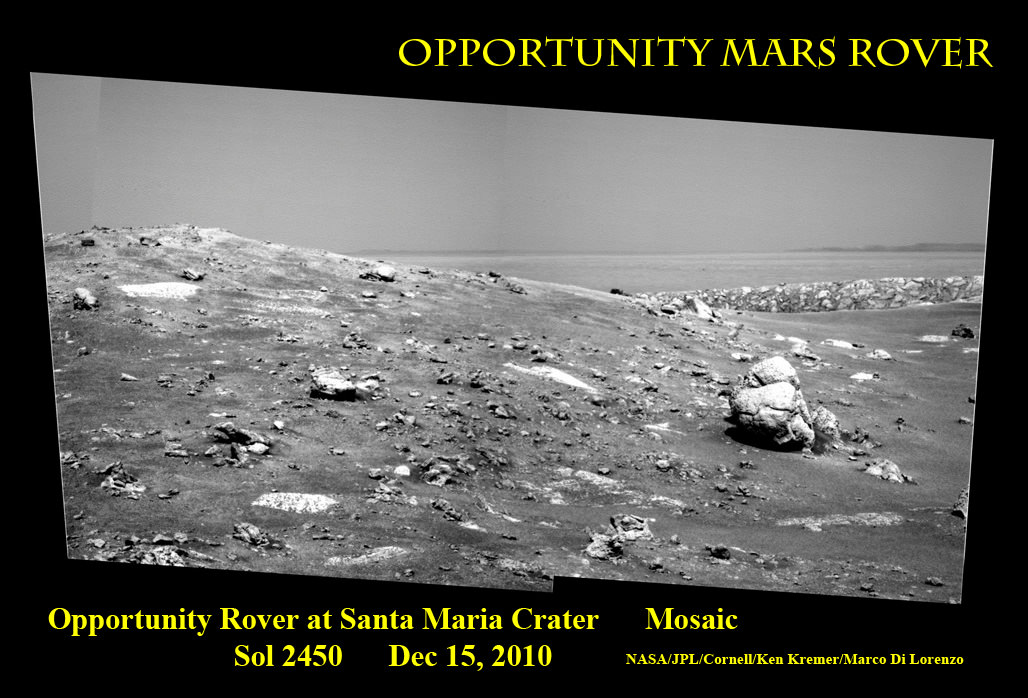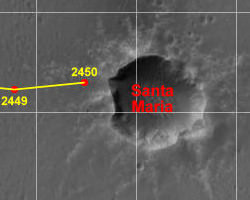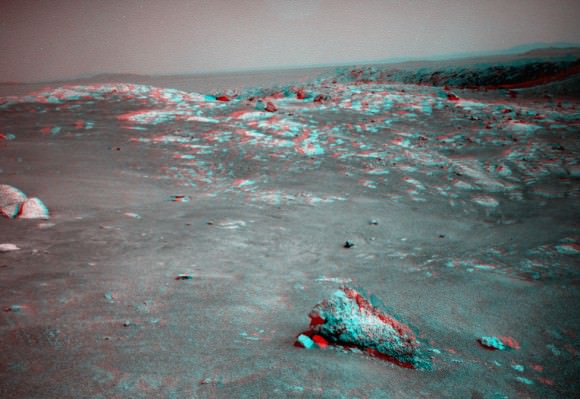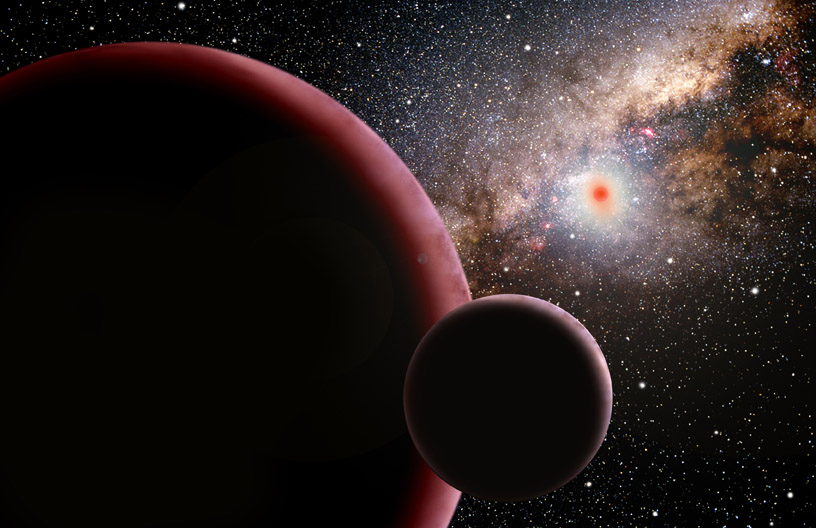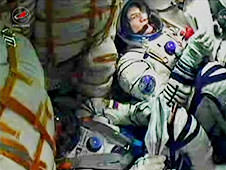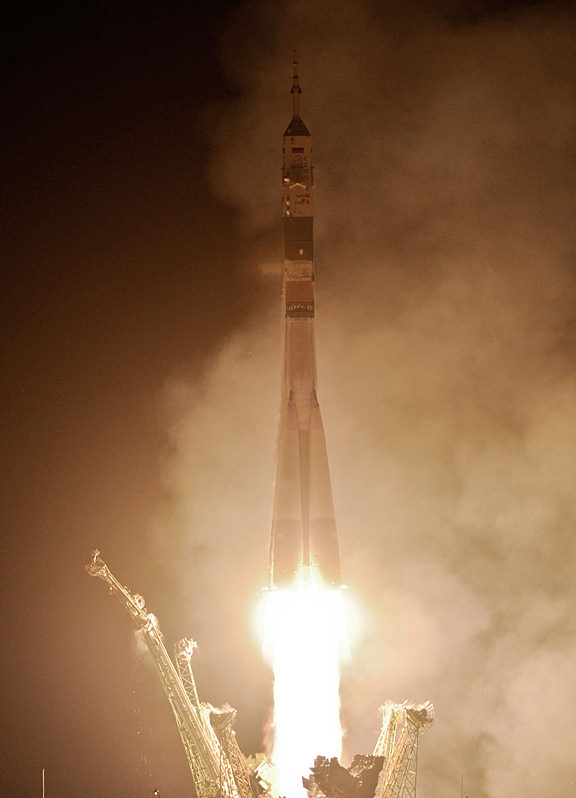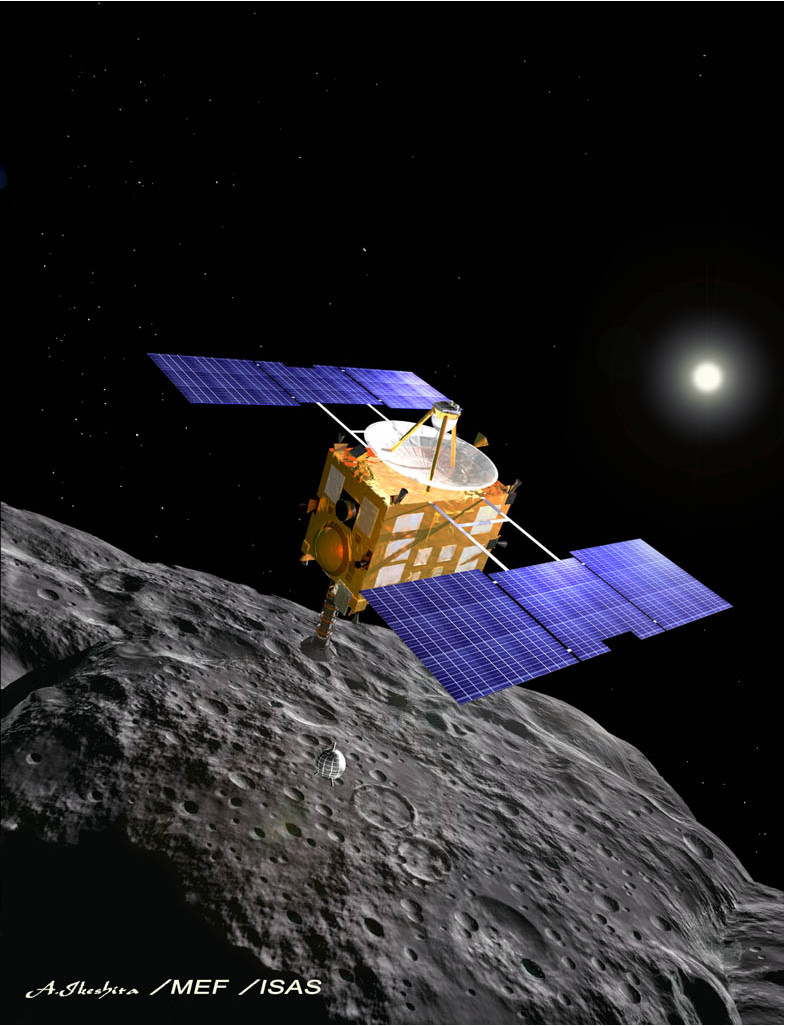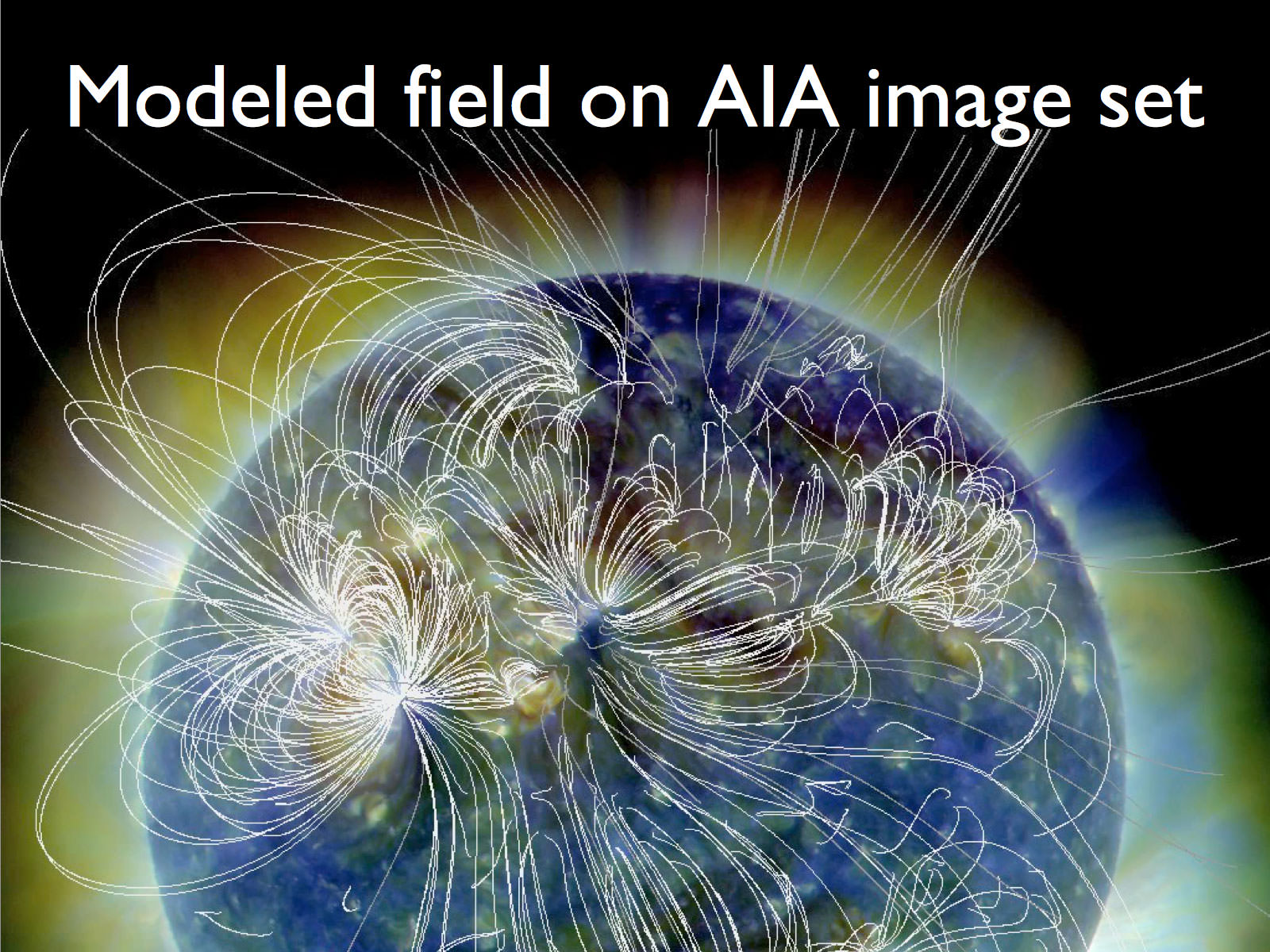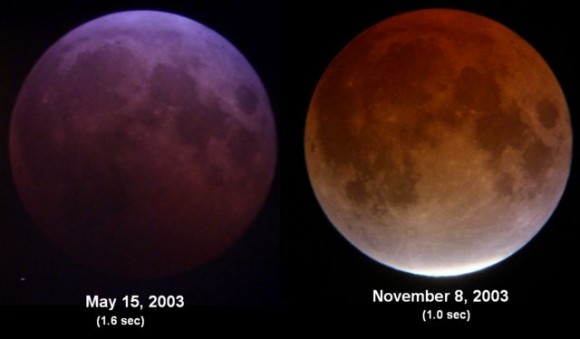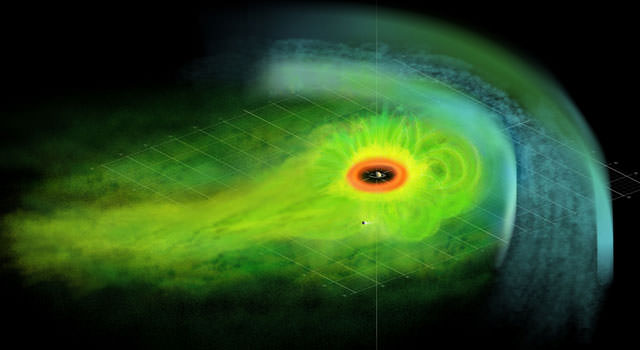[/caption]
SpaceX has released more images and more details about the successful flight of Falcon 9 and the Dragon capsule that took place on December 8, making SpaceX the first commercial company in history to re-enter a spacecraft from Earth orbit. Here’s an image of Dragon safely on board a ship after splashdown. SpaceX said Dragon orbited the Earth at speeds greater than 7,600 meters per second (17,000 miles per hour), reentered the Earth’s atmosphere, and landed less than one mile from the center of the targeted landing zone in the Pacific Ocean. Wow, that’s some pretty good precision. See more images and details of the flight below.
The above image also shows a look at Dragon’s PICA-X heat shield, which SpaceX says is highly advanced. They worked closely with NASA to develop the heat shield, a variant of NASA’s Phenolic Impregnated Carbon Ablator (PICA) heat shield, which NASA used for the Stardust sample capsule returned, which set the record for the fastest reentry speed of a spacecraft into Earth’s atmosphere — experiencing speeds of 46,510 kph (28,900 mph).
NASA made its expertise and specialized facilities available to SpaceX as the company designed, developed and qualified the 3.6 meter PICA-X shield in less than 4 years at a fraction of the cost NASA had budgeted for the effort. The result is the most advanced heat shield ever to fly. SpaceX said one heat shield can potentially be used hundreds of times for Earth orbit reentry with only minor degradation each time, and that this flight proved it. During the press conference following the successful flight of Dragon, SpaceX CEO Elon Musk said this heat shield could even withstand the much higher heat of a moon or Mars velocity reentry.

SpaceX said all nine Merlin engines performed “nominally,” which means they worked wonderfully. Together, the rocket engines generate one million pounds of thrust in vacuum, getting the entire stack off the ground and powering the first phase of flight. The rocket reached maximum dynamic pressure (the point at which aerodynamic stress on a spacecraft in atmospheric flight is maximized, also known as Max Q) approximately 1.5 minutes after launch. The first stage separation occurred a little over three minutes into flight.
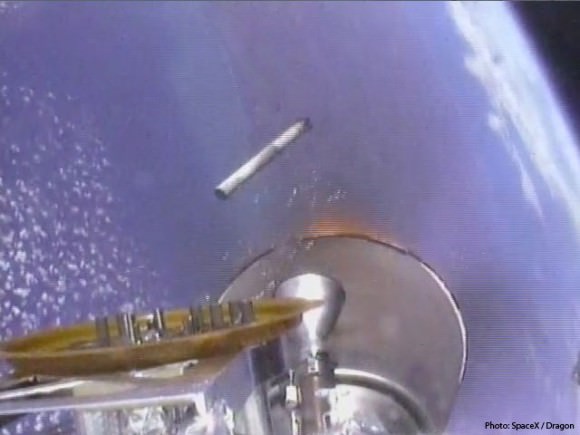
The single Merlin Vacuum engine of Falcon 9’s second stage then ignited to continue carrying the vehicle towards its targeted orbit. After stage separation, the nose cap at the front of the Dragon spacecraft safely jettisoned. The second stage fired for another four and a half minutes, until it achieved orbital velocity, and then the Dragon spacecraft separated from the second stage to begin its independent flight.
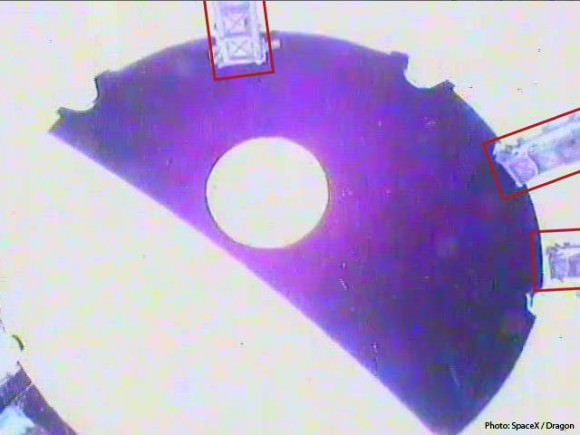
SpaceX said Dragon’s first-ever on-orbit performance was 100% successful in meeting test objectives including maintaining attitude, thermal control, and communication activities. While in orbit, eight free-flying payloads were successfully deployed, including a U.S. Army nanosatellite—the first Army-built satellite to fly in 50 years.
After separation of the Dragon spacecraft, the second stage Merlin engine restarted, carrying the second stage to an altitude of 11,000 km (6,800 mi). While restart of the second stage engine was not a requirement for this mission (or any future missions to the ISS), it is important for future Geosynchronous Transfer Orbit (GTO) missions, where SpaceX hopes to bring satellites for paying customers.
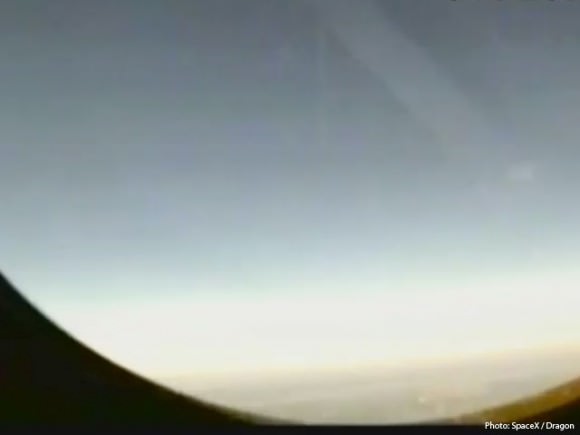
What’s the view like from inside Dragon? Here’s a view looking out Dragon’s porthole, with a view of Hawaii. After the second stage separated, there was an expected loss of signal as the Dragon spacecraft passed over the horizon as viewed from the launch site. At that point, SpaceX activated Dragon’s video signal from a camera set up inside the capsule, delivering the first ever video sent from Dragon on orbit.

For this first flight under the Commercial Orbital Transportation Services (COTS) program, everything went perfectly, with a nominal flight profile that included a roughly 9.5-minute ascent, two Earth-orbits, reentry and splashdown. Falcon 9 delivered Dragon to orbit with an inclination of 34.53 degrees—a near bull’s-eye insertion, according to SpaceX.
Now, on to the next demonstration flight, which will go to the International Space Station, and maybe even dock, if SpaceX has anything to say about it.
See our previous gallery of images and videos from the launch.
Source: SpaceX


